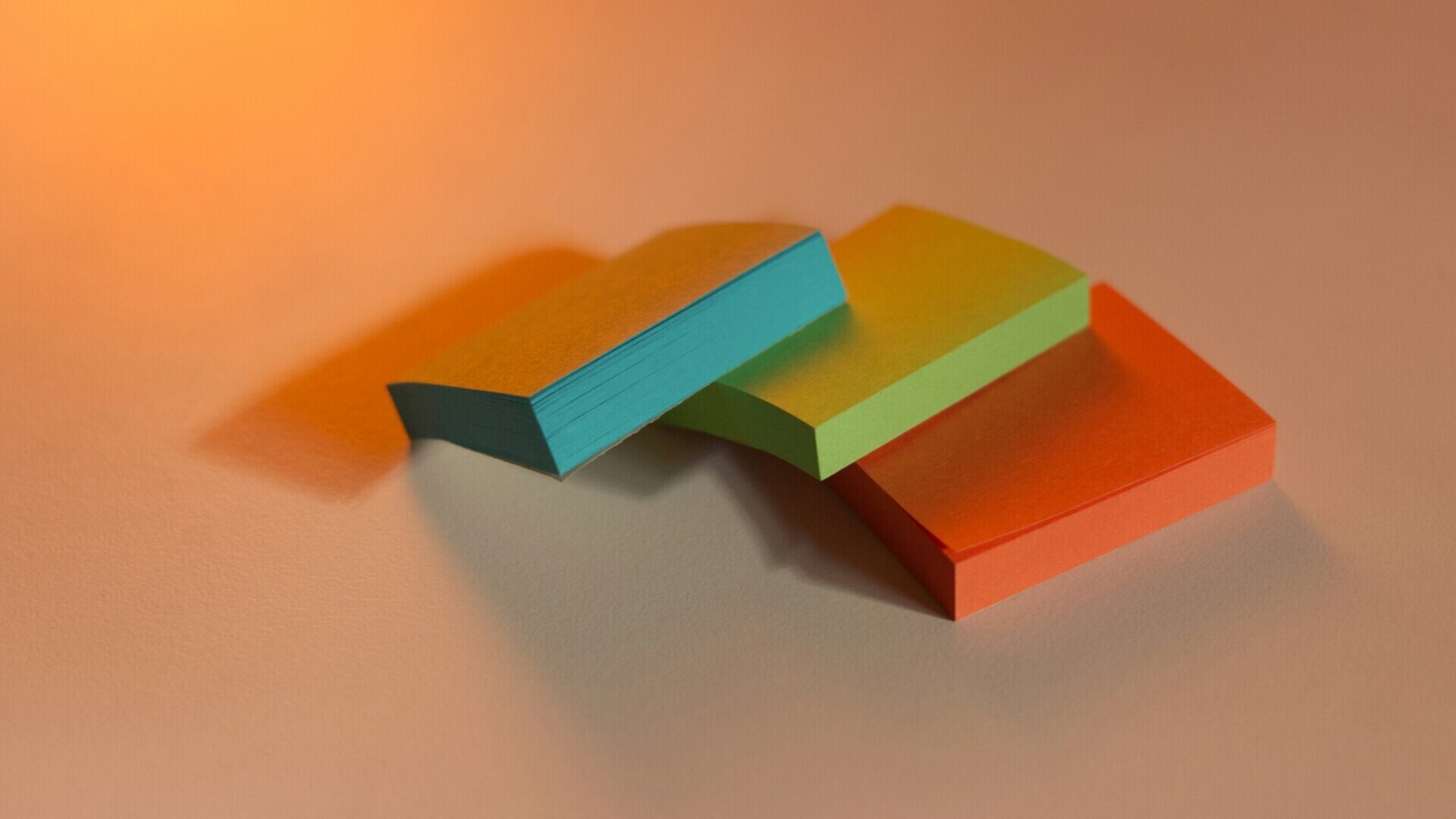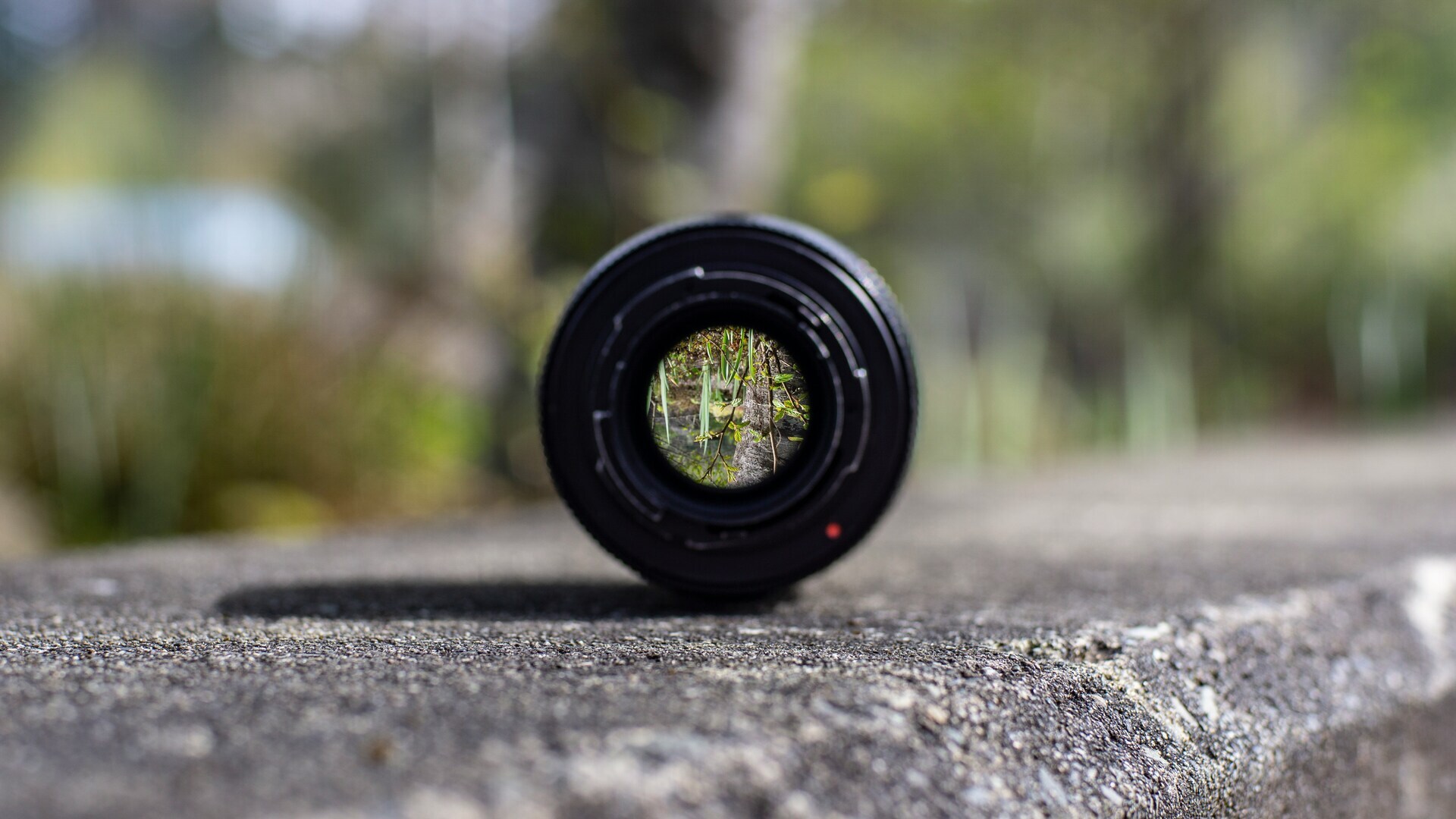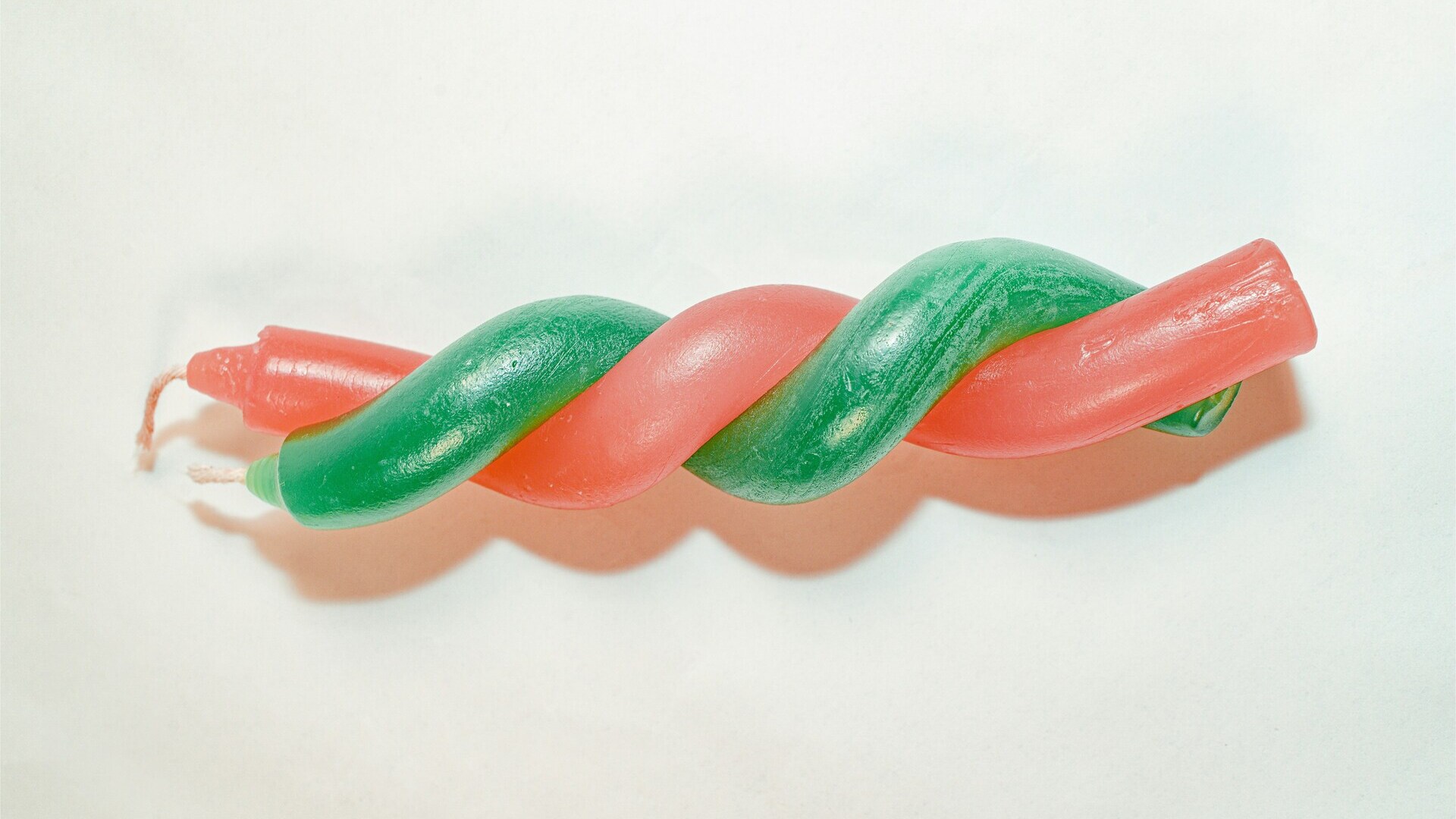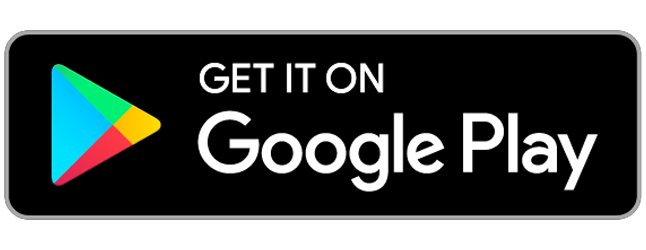
The 7-Day Money Mapping Challenge: See Your Finances Clearly
Gain clarity and control by visualizing your complete financial picture.
Quick Recap: In our post “3 One-Week Financial Exercises That Actually Work,” we introduced three practical challenges to transform your finances. Now let’s explore the Money Mapping Challenge, a visual approach to understanding your entire financial picture that reveals hidden opportunities for growth.
Do you ever feel like your finances are all over the place? Maybe you’ve got money in different accounts, some investments here, some debt there, and you’re not 100% sure how it all fits together?
That’s totally normal! Most of us don’t have a clear picture of our overall finances. It’s like having puzzle pieces scattered across the table – you know they fit together somehow, but you can’t quite see the complete image.
That’s where money mapping comes in. For the next seven days, you’ll create a visual “big picture” of your money life that helps you see everything at once: where cash comes from, where it goes, and where it could work harder for you.
This isn’t about tracking every euro (you’re already doing that with your Daily Log), it’s about seeing the big picture of your financial life.
Why a Visual Map? (Your Brain Will Thank You)👁️
Our brains process visuals way faster than text or numbers, like 60,000 times faster! That’s why seeing your finances laid out visually can give you instant insights that spreadsheets and budgeting apps often miss.
Financial mapping draws on concepts from mind mapping and systems thinking, helping you:
- See relationships between different parts of your financial life
- Identify patterns that might be invisible in traditional budgets
- Spot opportunities for optimization and growth
- Make better decisions with a complete view of your finances
- Communicate your financial situation clearly (with partners or advisors)
When you can literally SEE how different parts of your money life connect, you’ll start noticing patterns and opportunities that were invisible before.
What Your Money Map Will Look Like 🗺️
Before we dive into the daily exercises, let’s get a clear picture of what we’re building. Your financial map will have several core sections that all connect to each other:
The Central Hub (You): Everything starts with you in the center: your values, goals, and decisions drive your financial life.
Income Streams: Money flowing INTO your life (like salary, side hustles, investment returns).
Expenses: Money flowing OUT of your life, including:
- Fixed expenses (rent, loan payments)
- Variable expenses (groceries, fun stuff)
Assets: Things you OWN that have value (cash, investments, property).
Liabilities: Things you OWE (debts, loans).
Goals: What you’re working toward financially (emergency fund, travel, retirement).
How It All Connects:
- Income flows in, then splits between expenses, debt payments, and growth opportunities
- Assets can generate more income (like investments)
- Liabilities drain resources through interest/payments
- Your goals connect to specific assets that are growing to fund them
Here’s the simple flow of money through your map:
- Income comes in
- Some goes to expenses (living costs)
- Some goes to paying down liabilities (debt)
- Some goes to building assets (investments, savings)
- Assets grow over time to help you reach your goals
By the end of this challenge, you’ll be able to trace every euro’s path through your financial life and make smarter decisions about optimizing that flow!
Tools for Creating Your Money Map 🛠️
One last thing before you get started, let’s choose the right tools to create your financial map. You don’t need anything fancy, just something that works for your brain! Here are some options:
Old-School (Physical) Options:
- Large roll of paper or poster board with colored markers or pens
- Whiteboard with dry erase markers
- Sticky notes on a wall or board (especially good if you might want to move things around)
Digital Options:
- Free mind mapping tools like MindMup or Coggle
- Drawing apps on a tablet
- Presentation software like PowerPoint or Google Slides
Choose whatever feels easiest for you. The important thing is creating a visual that makes sense to YOUR brain.
Building Your Financial Map Day by Day 📝
Now that you have your canvas ready, let’s start building your financial map day by day. Each day of this challenge focuses on a different aspect of your financial picture, gradually helping you to build a complete map that reveals how things connect.
You’ll need:
- Large paper or a digital mapping tool (see the suggestions below)
- Different colored pens or markers
- Your financial account info
- 15-30 minutes each day
- Your favorite snack (because everything is more fun with snacks!)
Day 1: Income Streams
Day 1: Income Streams
On Day 1, all you’ll need to do is a simple exercise that maps where your money comes from. That’s it!
- Draw a circle in the center of your page with your name or “My Finances”
- Draw branches to the circle that show each income source (salary, side hustle, investments, etc.)
- Note the amount and frequency for each income stream
- Add sub-branches for any income that varies month to month, showing highest and lowest amounts
Reflection questions to ask yourself:
- How diversified are your income sources?
- Which income streams are the most reliable? Which have growth potential?
- Are there any income sources you could add?
Day 2: Fixed Expenses
Next up, add your regular, predictable expenses to the map.
- Create a new circle on your map for “Fixed Expenses” (leave plenty of space around it)
- Draw an arrow FROM your center hub TO the Fixed Expenses circle (showing money flowing out from you)
- Add branches from the Fixed Expenses circle for categories like housing, utilities, insurance, subscriptions, etc.
- Include the amount and due date for each expense
- Use colors to show which expenses are essential vs. nice-to-have
Reflection questions to ask yourself:
- What percentage of your income goes to fixed expenses?
- Which expenses could possibly be reduced?
- Any expenses that don’t really match what’s important to you?
Day 3: Variable Expenses
On the third day, you’ll map expenses that change month to month.
- Create another circle for “Variable Expenses” with plenty of room around it
- Draw an arrow FROM your center hub TO the Variable Expenses circle (showing money flowing out from you)
- Add branches FROM the Variable Expenses circle for categories like groceries, dining, entertainment, shopping, etc.
Note: consider using the same categories that Beewise uses in the app, since the Personal Finance Manager automatically categorizes transactions. - Note the typical monthly spending for each category
- Use different colors to indicate needs, wants, and values-based spending, which are expenses that align with your core values and meaningful priorities (education, family experiences, cause-related purchases)
Reflection questions to ask yourself:
- Where do you have the most flexibility to adjust spending?
- Any categories that regularly blow past what you expect?
- Does your actual spending match what matters most to you?
Day 4: Financial Assets
Halfway there! On Day 4, you’ll map what you own.
- Create a circle for “Assets”
- Draw a two-way arrow connecting your center hub and the Assets circle (showing that you own these assets, and they can return value to you)
- Add branches FROM the Assets circle for different types: cash, investments, property, etc.
- Include current values and any growth trends
- Add notes about how quickly you could access each asset if needed
Reflection questions to ask yourself:
- How diverse are your assets?
- Are any assets underperforming or sitting idle?
- Do you have the right balance between liquid and illiquid assets?
Day 5: Liabilities
Today you’ll map what you owe.
- Create a circle for “Liabilities”
- Draw an arrow FROM the Liabilities circle TO your center hub (showing that debts represent obligations that pull from your finances)
- Add branches FROM the Liabilities circle for each debt: student loans, credit cards, mortgage, etc.
- Include balance, interest rate, minimum payment, and payoff date
- Use colors to distinguish between “good debt” (like a mortgage) and high-interest debt
Reflection questions to ask yourself:
- Which debts are costing you the most in interest?
- Could any debts be consolidated or refinanced?
- How do your assets compare to your liabilities overall?
Day 6: Financial Goals
Today you’ll map where you want your money to take you.
- Create a circle for “Goals”
- Connect this TO your center hub with dotted lines (representing future plans)
- Add branches FROM the Goals circle for short-term (1-2 years), medium-term (2-5 years), and long-term goals (5+ years)
- Include target amounts, timelines, and current progress for each goal
- Draw arrows FROM your Assets circles TO your specific goals (showing which assets are funding each goal)
Reflection questions to ask yourself:
- Are your financial goals specific and timebound?
- Which goals are moving along well? Which need more love?
- Do your investment portfolio choices in Beewise match each goal’s timeline?
Day 7: Money Flow and Connections
Today’s the fun part! You’ll connect everything to see the complete picture.
- Review all the arrows you’ve already drawn showing how money flows through your system:
- FROM your center hub TO Expenses (money going out)
- FROM your center hub TO Assets (investments/savings)
- FROM your center hub TO Liabilities (debt payments)
- FROM Assets TO your center hub (investment returns)
- FROM Assets TO Goals (funding connection)
- Add any missing arrows to complete the picture
- Make arrows thicker for larger money flows
- Circle any bottlenecks, leaks, or inefficiencies in your money flow
- Create a small “Action Steps” section listing 3-5 improvements revealed by your map
Reflection questions to ask yourself:
- Where are the strongest connections in your financial system?
- Where are the weakest links or gaps?
- What surprised you most about seeing your complete financial picture?
“Whoa, I Never Noticed That Before!” Moments 🔍
Congrats, you did it! Now you have a visual picture of how all of your money flows in, out, and between the different areas in your life.
The coolest part of this challenge? You’ll likely spot patterns you never noticed before. Here are some common “aha!” moments people have:
Money Leaks
Those sneaky small expenses that don’t really match what matters to you but somehow add up to serious cash over time.
Awkward Allocations
Like having money sitting in a low-interest savings account while carrying high-interest debt or having too much cash and too little invested for growth.
Missed Opportunities
Areas where you could automate savings, optimize investments, or better use what you already have.
Risk Blind Spots
Being overexposed in certain areas (like having too much of your net worth tied up in your home) or underprotected in others (like skimping on emergency savings).
Priority Mix-Ups
Spending that doesn’t match what you say is important to you or goals that get funded inconsistently.
After discovering these insights, you’ll want to distill what you’ve learned into something you can reference regularly.
Creating Your Simple Money Dashboard 📊
Once you’ve completed your money map, create a simplified one-page “dashboard” that gives you an at-a-glance view of your finances. This condensed version helps you maintain awareness without redoing the entire mapping exercise.
Include on Your Dashboard:
- Net worth summary (assets minus liabilities)
- Monthly cash flow (income minus expenses)
- Progress bars for your top 3 financial goals
- Key action items identified from your mapping
- When you’ll next review everything
Update this dashboard monthly for a quick check-in with your finances.
Making Better Decisions with Your Money Map 💡
Your completed money map becomes a powerful decision-making tool. Here’s how to use it:
For Spending Decisions: Before making a significant purchase, check your map to see:
- How will this affect my cash flow?
- Does this align with my mapped priorities and values?
- Will this help or hinder progress toward my goals?
For Investment Decisions: When deciding where to put your money, your map helps you:
- Identify which goals need additional funding
- Ensure proper diversification across asset types
- Connect investment choices to specific life goals
For Big Life Decisions: Your map provides context for major choices by showing:
- How career changes might impact your financial ecosystem
- Whether you’re on track for major life transitions
- Where you might need additional protection or flexibility
Keep Your Map Fresh (Without a Ton of Work) 🔄
To keep your map useful without constantly redoing it:
Quarterly Quick Updates
Spend 15 minutes every three months making any significant changes to your map:
- New income sources or expenses
- Significant asset changes
- New financial goals
- Adjusted timelines
Annual Deep Refresh
Once a year, do the full seven-day challenge again to ensure your map remains accurate and useful.
Life Event Triggers
Update your map after any major life change:
- Job change or relocation
- Marriage, divorce, or new child
- Significant windfall or financial setback
- New major financial goal
Your Money Mapping Action Plan 🚀
Ready to get that helicopter view of your finances? Here’s how to start today:
- Block out your week: Schedule 15-20 minutes each day for the next seven days
- Grab your tools: Choose your mapping method and gather account info
- Start with Day 1: Begin mapping your income streams today
- Share what you discover: Tell a friend about one cool thing you learn each day
- Make one improvement: Take action on the biggest opportunity from your completed map
Remember: The point isn’t having a perfect map, it’s the insights you gain from creating it. Your financial map is just a tool to help you spot opportunities, make connections, and build the future you want.
Which part of your financial picture are you most curious to map first?
Want more practical financial exercises? Sign up for our newsletter for monthly insights and updates.






